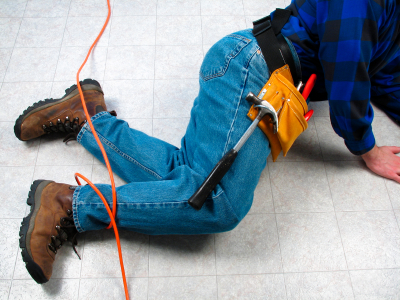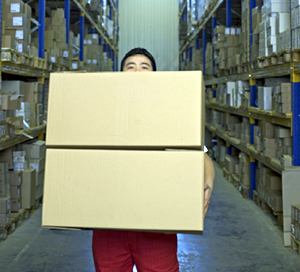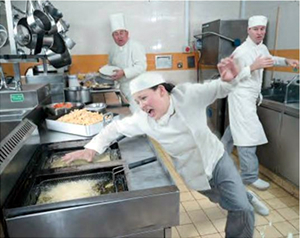STF hazards in healthcare settings:The US Bureau of Labor Statistics confirms that for the year 2009, the incidence rate of injuries resulting in lost workdays from slips, trips, and falls on the same level in hospitals was 38.2 per 10,000 employees. This figure is ninety percent greater than the average rate for all other private industries put together.
Patient falls is one of the most frequent occurences reported in hospitals. Patients with minor or major injuries can have trouble keeping their balance while walking; medication also has an influence on walking among patients who might feel dizzy and unattentive to things around them. Moreover, continuous cleaning of floors, transfer of food and chemicals also adds to the risk of medical personnel, patients, and visitors slipping, tripping, and falling in hospitals.
The
Centers for Disease Control and Prevention lists the STF hazards in healthcare facilities in its guide for Slip Trip, and Fall Prevention for Healthcare Workers. Some of the hazards typical to hospitals and other healthcare settings include:














